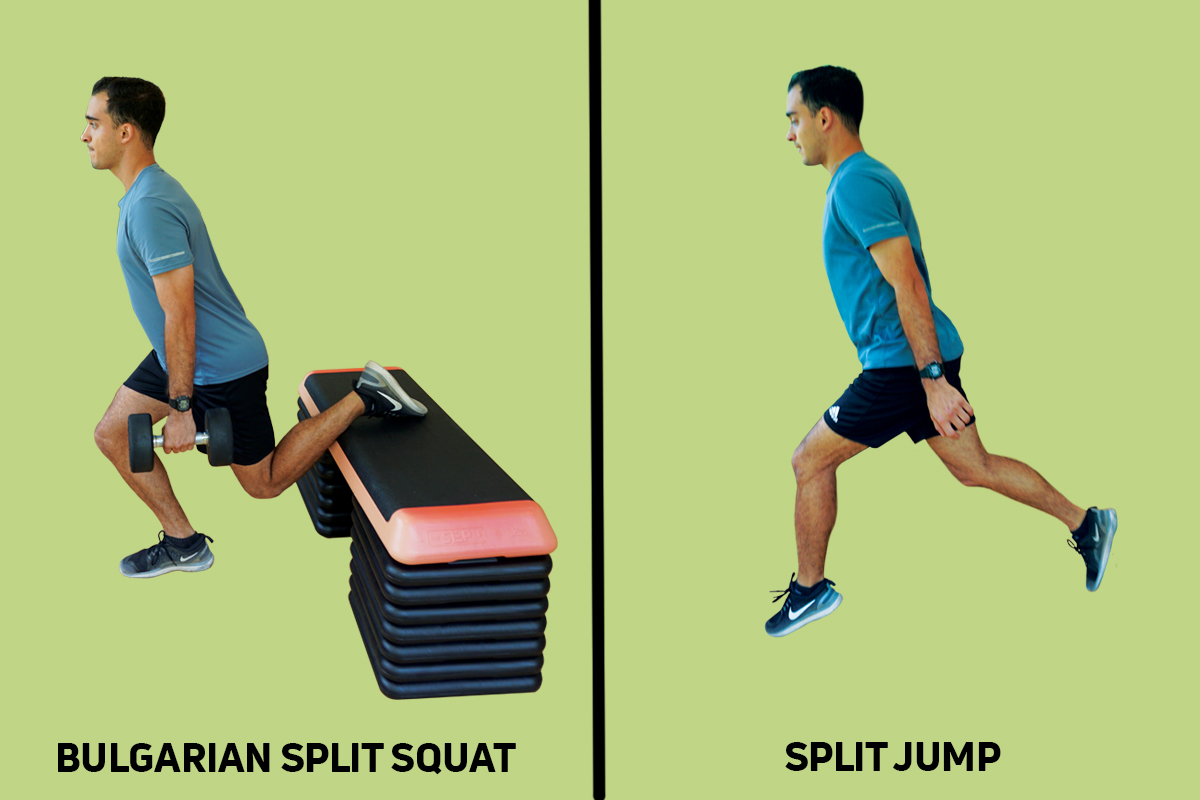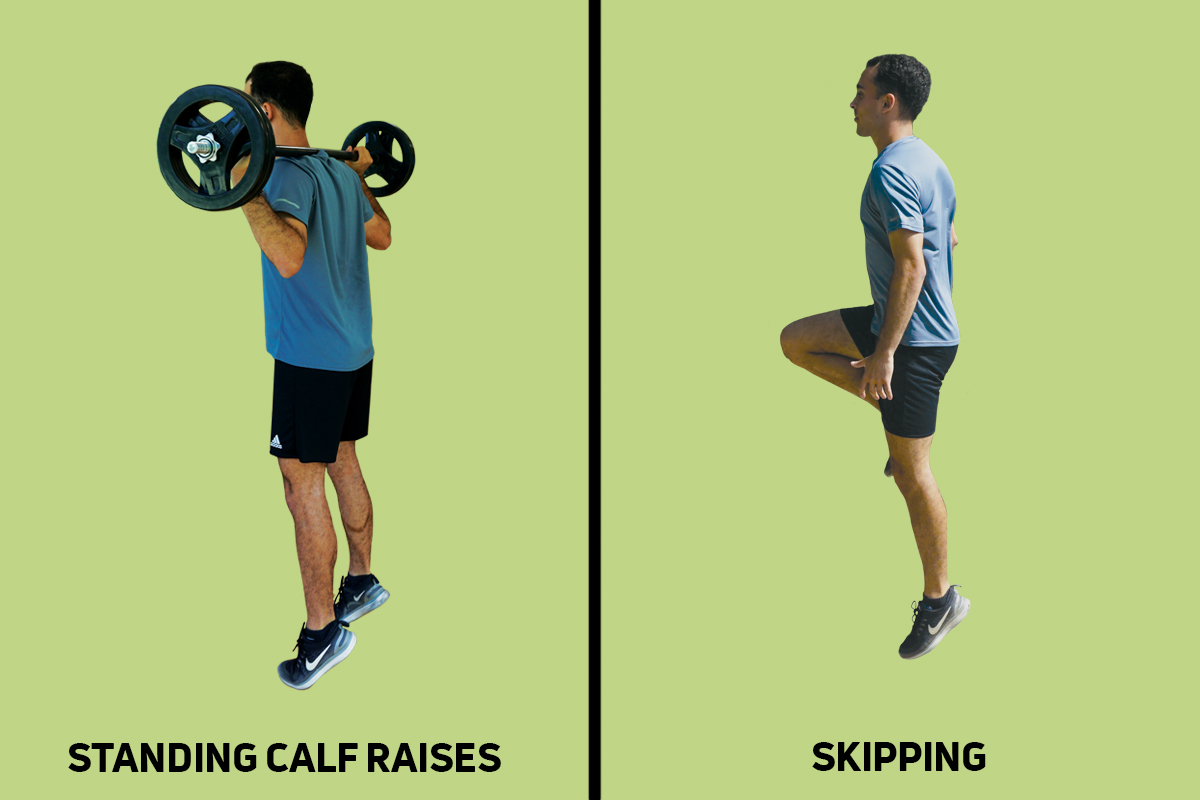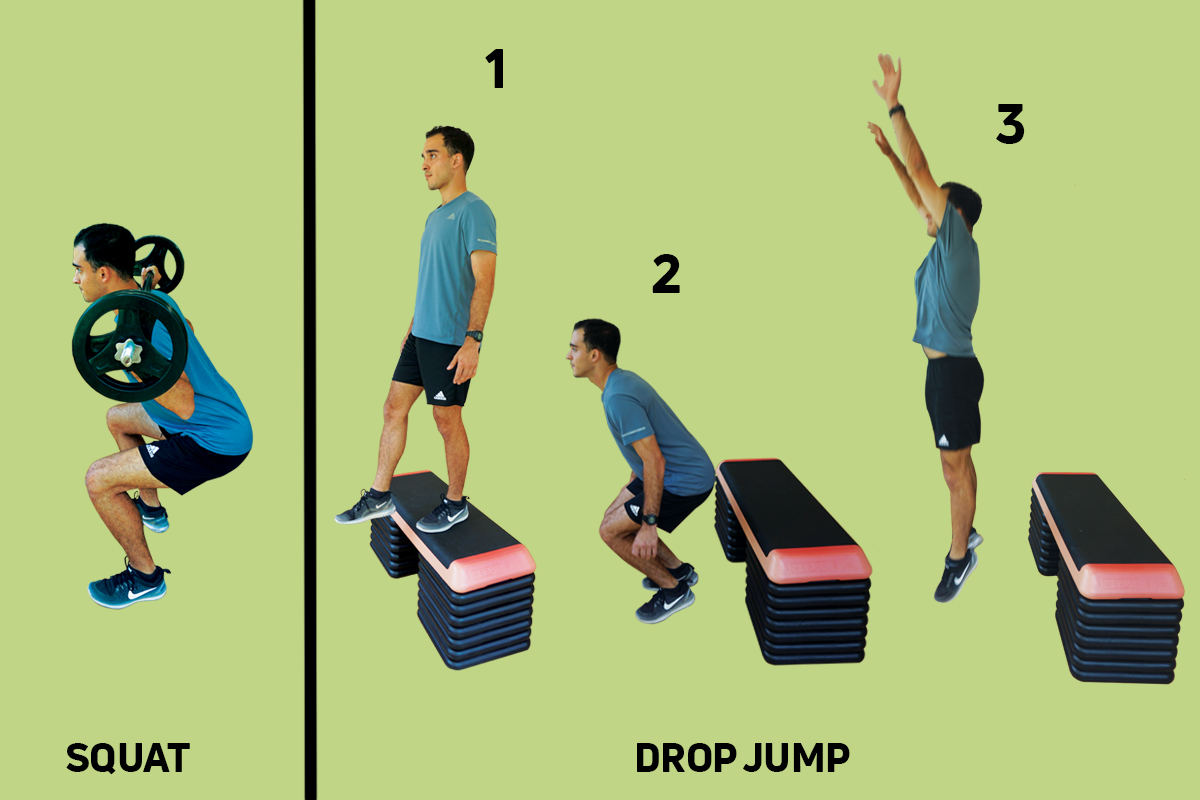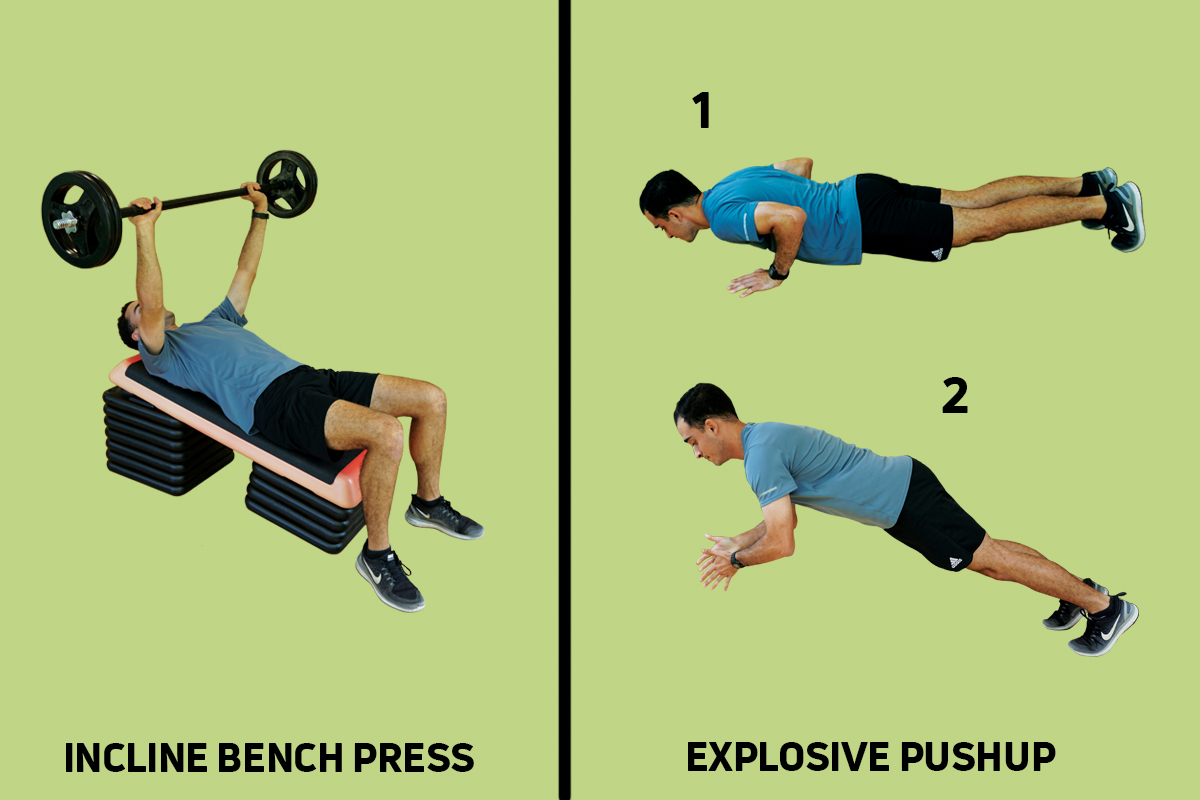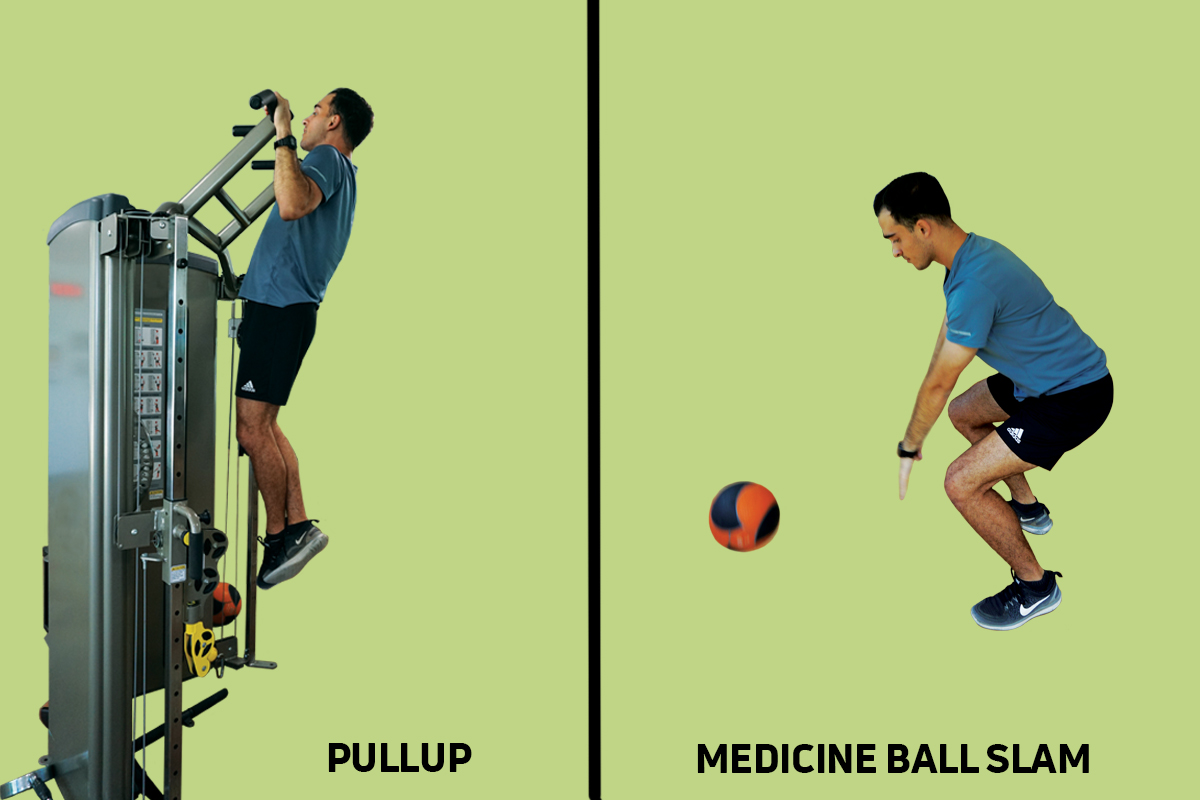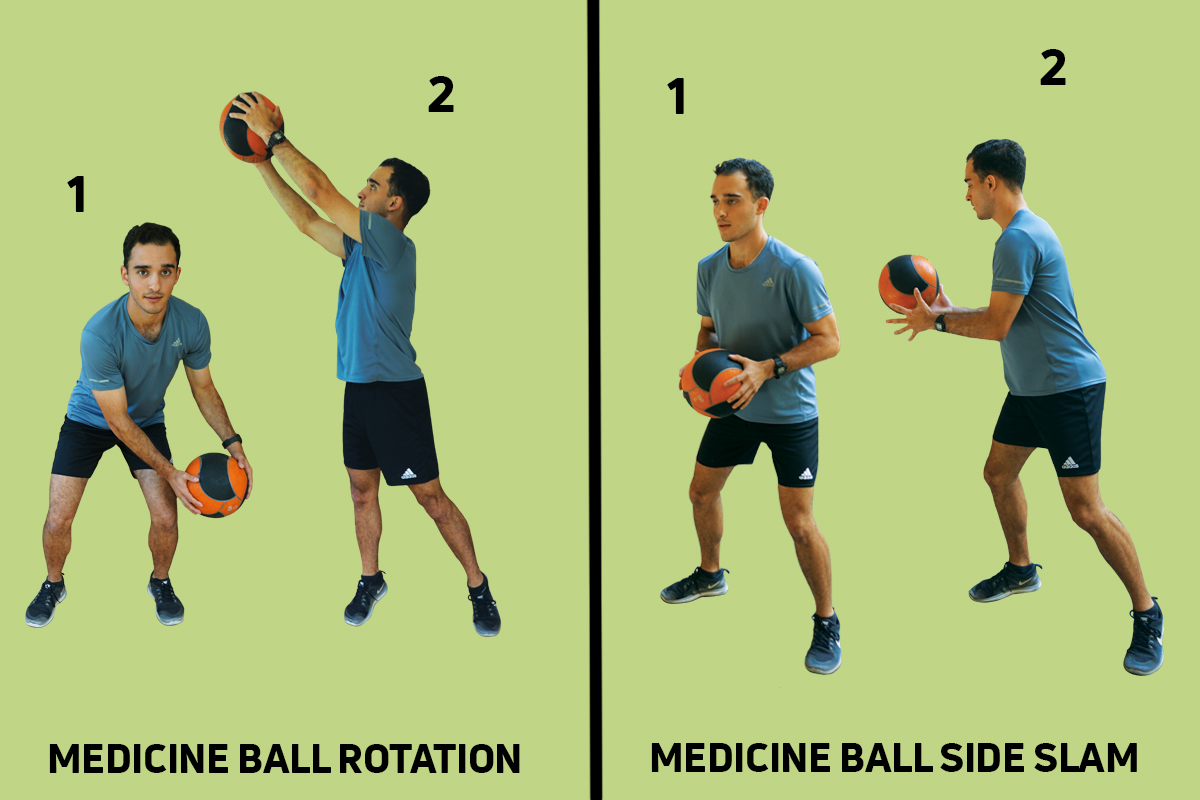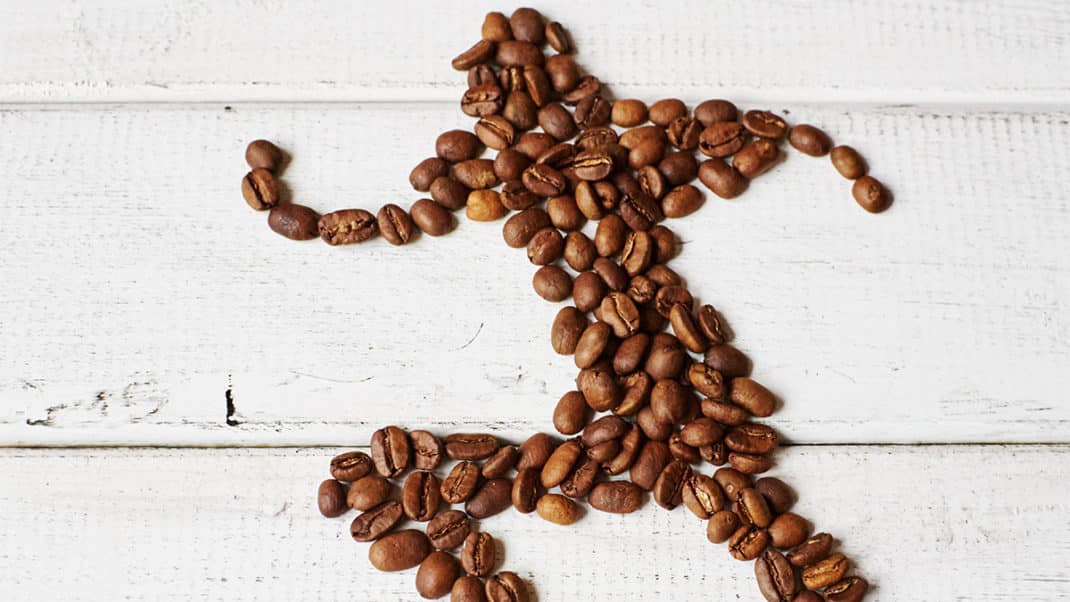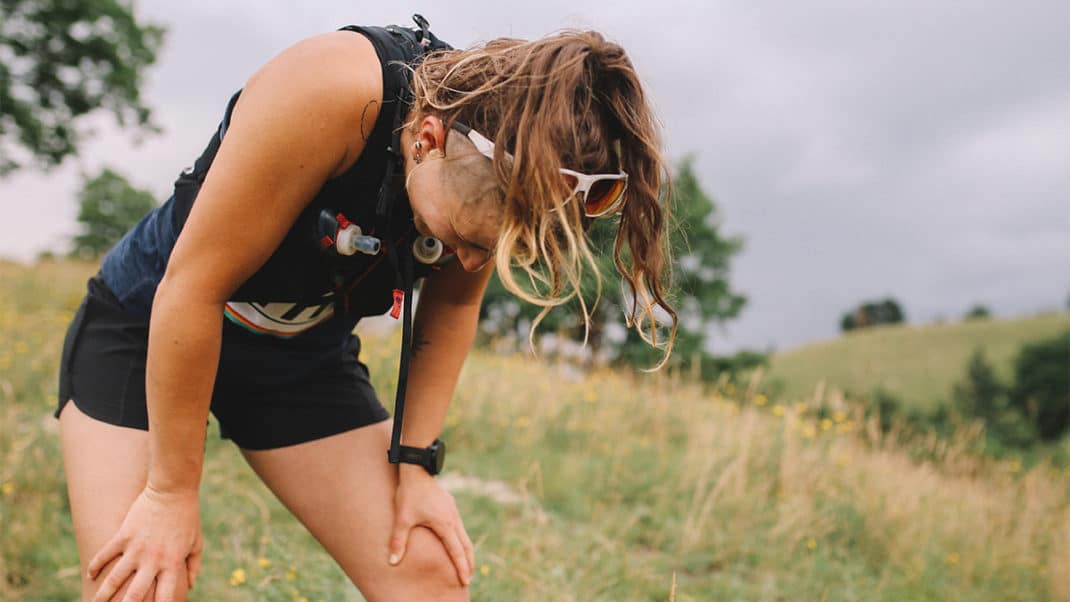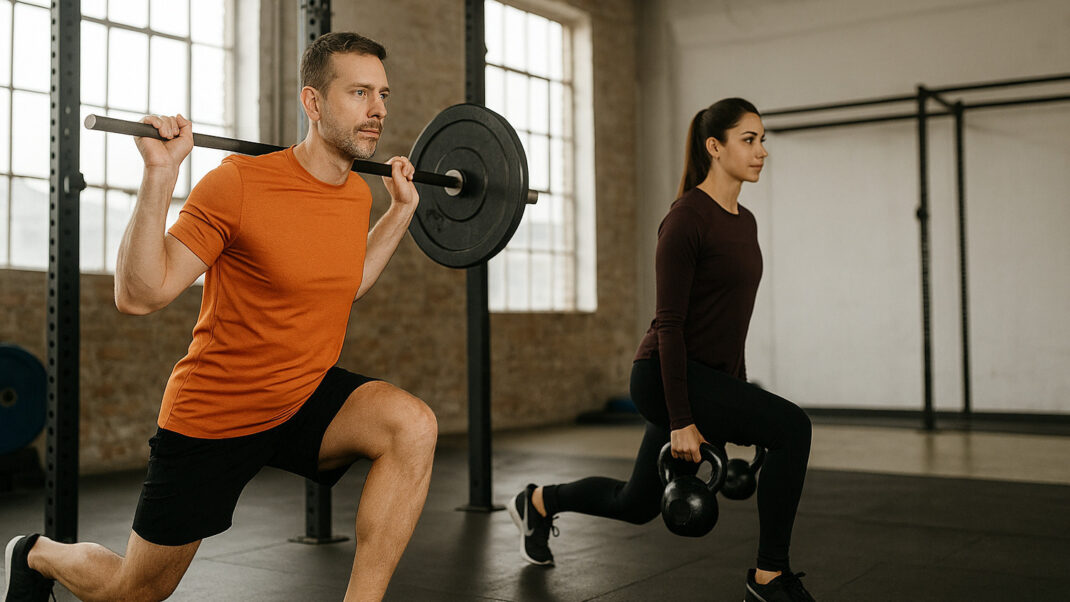Complex Training Workout for Athletes
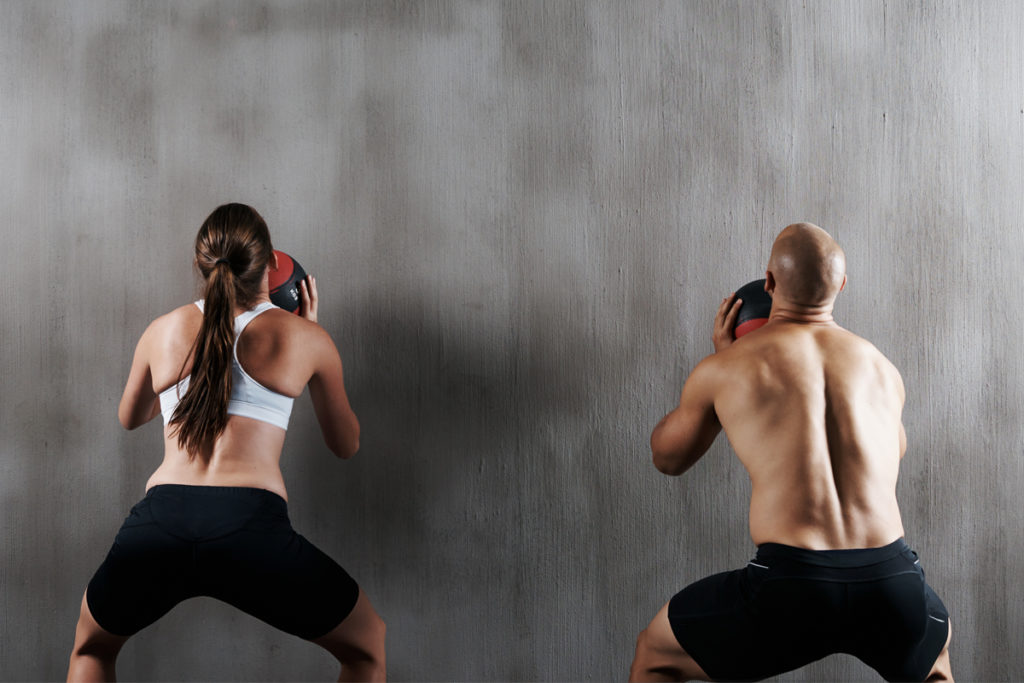
If you work with athletes, you’ve likely run into the challenge of how to incorporate power components into their already-packed training schedules. To make the most of the time in the gym, trainers are taking a second look at complex training (CT), which became popular in the 1970s after Russian sports scientist Yuri Verkhoshansky coined the phrase (Ali 2017).
CT combines high-resistance strength training with low-resistance plyometric drills, performed by the same muscle group, during a single workout. The reasoning is that the strength training, while causing muscle fatigue, also improves the muscle’s ability to perform—and thus benefit from—plyometric exercises.
Athletes who respond best to CT start the program with a good strength foundation. Therefore, the best candidate for making gains with a CT regimen is a veteran athlete. Athletes who are currently in competition season also benefit because they can improve their power performance. CT solves the problem of limited time due to practice and performance schedules.
The following complex training workout example is an overall total-body program for general use and guidance. When training a specific athlete, consider the demands of the sport and design the program accordingly.
Complex Training Pairs: Lower Body
Bulgarian Split Squat + Split Jump
This CT pair trains gluteals, quadriceps, hamstrings and calf muscles.
- Perform 3 sets of 6- to 8-RM Bulgarian split squats (5–8 each leg).
- Rest for 4 minutes. Do 3 sets of 6–12 reps of plyometric split jumps (each leg, alternating).
Standing Calf Raise + Skipping
This CT pair trains the gastrocnemius, soleus and other lower-leg muscles.
- Perform 3 sets of 6- to 8-RM standing calf raises (5–8 each leg).
- Rest for 4 minutes.
- Do 3 sets of skipping for 5 meters (about 16 feet).
Squat + Drop Jump
This CT pair trains the gluteals, quadriceps, hamstrings, calf and core muscles.
- Perform 3 sets of 6- to 8-RM squats (5–8).
- Rest for 4 minutes. Do 3 sets of 6–12 drop jumps.
See also: Increase Neuromuscular Power for Your Athlete Clients
Complex Training Pairs: Upper Body
Incline Bench Press + Explosive Pushup
This CT pair works the pectoralis, deltoid, triceps and core muscles.
- Perform 3 sets of 6- to 8-RM incline bench presses (5–8).
- Rest for 4 minutes. Perform 3 sets of 6–12 explosive pushups (clap optional).
Pullup + Medicine Ball Slam
This CT pair works the lats, biceps, forearms, trapezius and upper-back muscles.
- Perform 3 sets of 6- to 8-RM pullups (5–8), adjusting with assisted strap or adding weights as needed.
- Rest for 4 minutes.
- Perform 3 sets of 10–15 medicine ball slams, using a ball that is 5%–10% of body weight.
Medicine Ball Rotation Lift + Medicine Ball Side Slam
This CT pair works the core and lower-body stabilizing muscles, as well as the shoulder, chest and arm muscles.
- Perform 3 sets of medicine ball rotation lifts using a ball that is about 10% of body weight (6–10 each side).
- Rest for 4 minutes.
- Perform 3 sets of side medicine ball slams using a ball that is about 5% of body weight (6–10 each side).
See also: Training Techniques for High-Performance Older Athletes
Sample Program
Below is a sample total-body complex training workout. For maximal results, use resistance near 85% of 1-RM for the heavy conditioning activity. Perform this workout twice per week in addition to doing regular sport practice sessions. Continue the program for 6–8 weeks, adjusting the resistance as strength improves.
See also: Complex Training: Pairing for Power
References
Ali, K., et al. 2017. Complex training: An update. Journal of Athletic Enhancement, 6 (3), 1–5.
